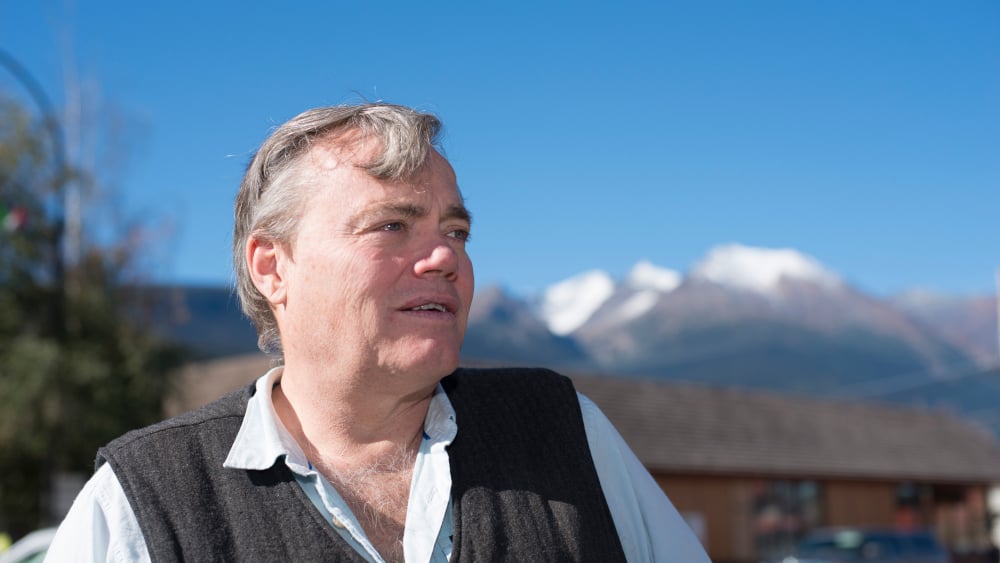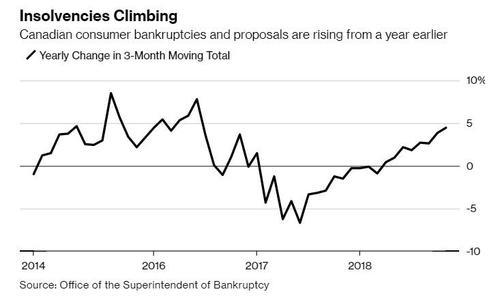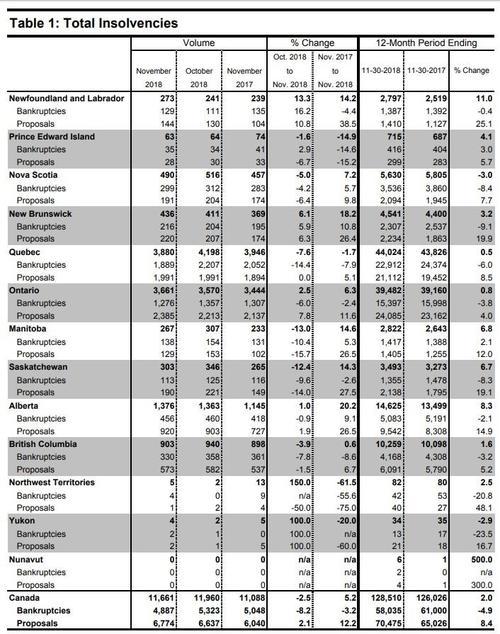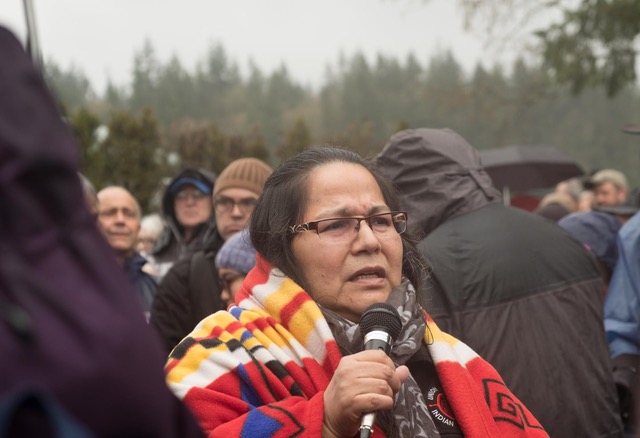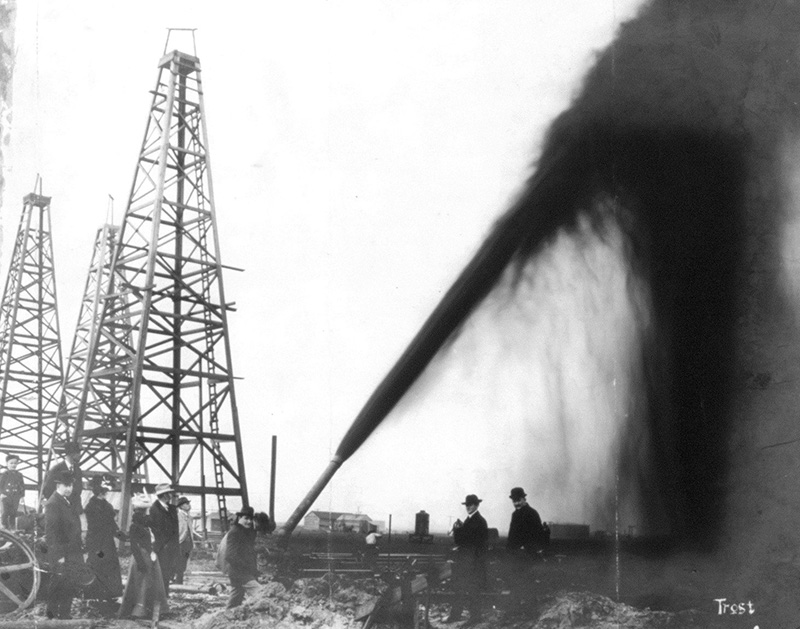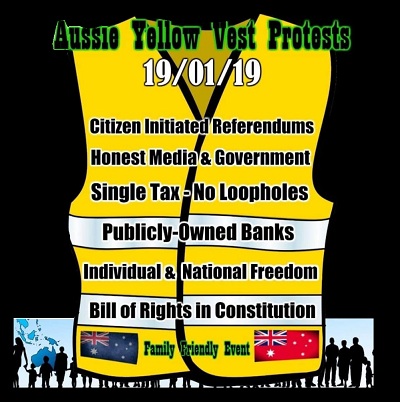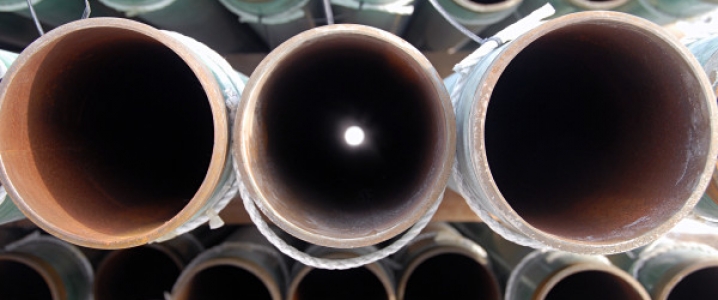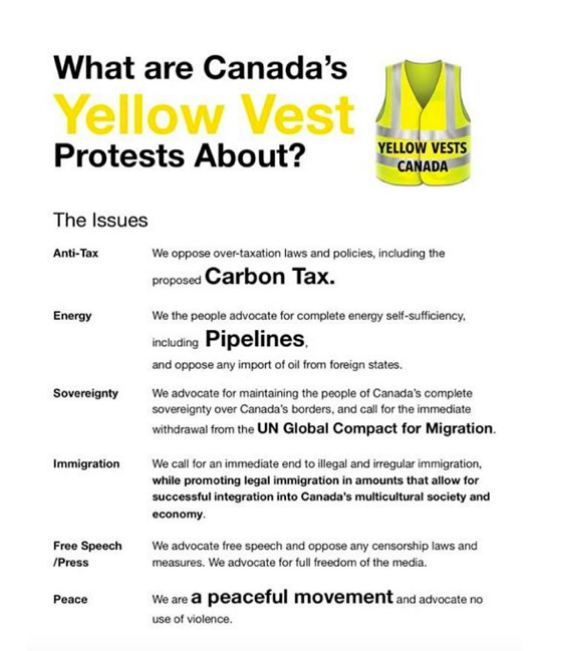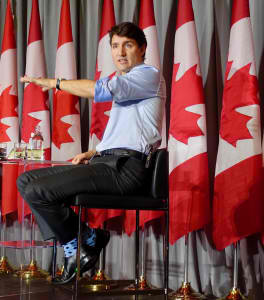Late last year, Royal Dutch Shell gave the greenlight to a massive LNG export terminal on Canada’s Pacific Coast, one of the largest investments in LNG in years. But like other fossil fuel projects in Canada, the plans have run into some trouble.
Shell’s LNG Canada project hinges on a crucial pipeline that will connect gas fields along the border of British Columbia and Alberta to the Pacific coast at Kitimat. The Coastal GasLink pipeline is to be constructed by TransCanada (or, rather TC Energy, as the company now wants to be known).
The Coastal GasLink pipeline was supposed to mark a departure from previous long distance pipelines in Canada – a project that would, from the start, adequately consult with First Nations. Prior pipeline projects – Enbridge’s Northern Gateway and Line 3; TransCanada’s Energy East; as well as Kinder Morgan’s Trans Mountain Expansion – ran into stiff resistance from various First Nations.
TransCanada hoped that Coastal GasLink would be different. But, it too is now meeting resistance. Members of the Wet’suwet’en nation threw up makeshift barricades to stop construction on their land in recent weeks. On January 7, the Royal Canadian Mounted Police broke through those barricades and arrested at least 14 people. RCMP said it was enforcing a court order, but the clash made national and international headlines.
The situation is complex because the Wet’suwet’en nation never signed a treaty with Canada, so their territory is neither ceded nor even formally acknowledged by Canada. “What I see is a long history of the Canadian government doing its best to avoid acknowledging the existence of other systems of government,” Gordon Christie, a scholar of indigenous law at the University of British Columbia, told The Guardian.
…click on the above link to read the rest of the article…



